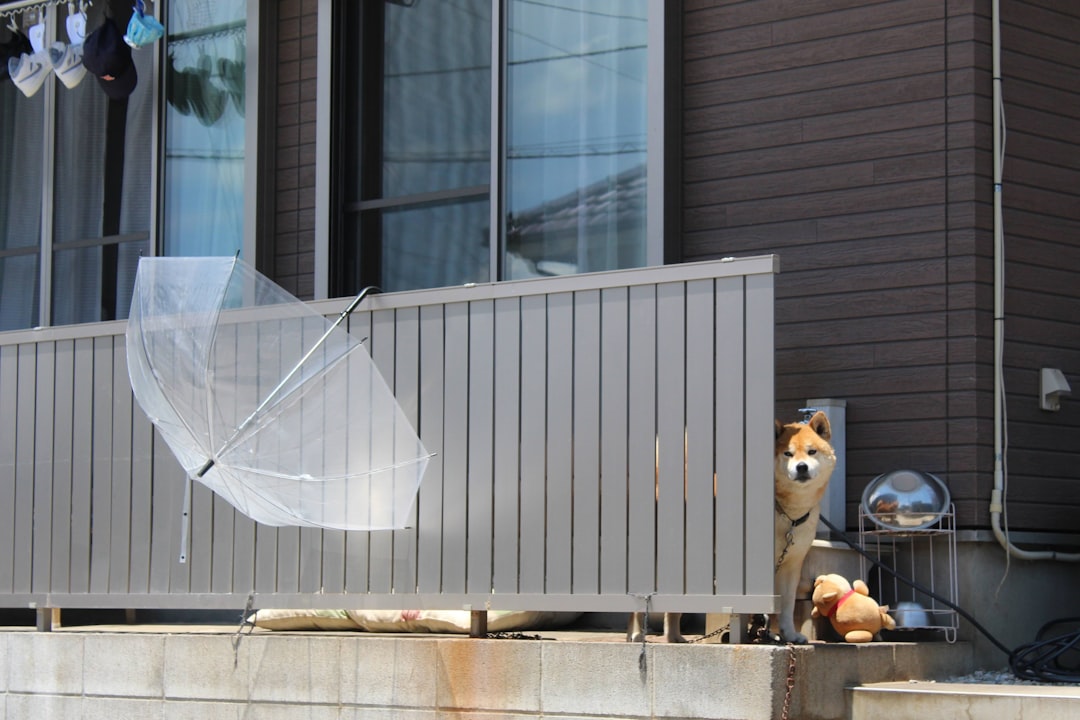
The crawl space beneath a manufactured or mobile home is one of the most overlooked areas on a property. Yet when excess moisture builds up, costly structural, air-quality, and energy problems follow. That is why installing a high-quality vapor barrier is viewed as a must-do upgrade in residential construction. How much should owners budget? CountBricks analyzes thousands of live supplier feeds and trade-hour benchmarks to bring you an accurate, real-time view of mobile home vapor barrier installation cost.
Based on the latest data flowing through CountBricks.com/estimate, a standard single-wide mobile home (roughly 1,000 sq ft of crawl area) typically falls within these cost brackets:
• Economy 6-mil poly barrier installed: $1,200 – $1,800
• Professional-grade 10-mil reinforced barrier installed: $1,700 – $2,600
• Premium 15-20 mil encapsulation system with taped seams and perimeter sealing: $3,100 – $4,000
• Material rolls, seam tape, mechanical fasteners, and perimeter termination strip
• Site prep: debris removal, minor grading, and spot insulation repairs
• Labor: two-person crew, OSHA-compliant PPE, and disposal fees
• Quality assurance walk-through and photo documentation available inside your CountBricks project dashboard
CountBricks estimators break mobile home vapor barrier installation cost into three categories: materials, labor, and site factors. Here is how each element moves the final figure.
A 6-mil poly sheet costs roughly $0.19 per square foot, while a 20-mil Class A reinforced liner can exceed $0.55 per square foot. The thicker barrier resists punctures from plumbing hangers, making it the go-to choice for long-term owners.
Narrow openings, outdated skirting, and low clearances increase setup time. CountBricks AI adds a productivity factor in the estimate when the crawl space height is under 24 inches.
If your crew must remove standing water, treat microbial growth, or regrade soils, expect an additional $1.25 – $2.00 per square foot. The platform flags these conditions during voice-to-estimate walkthroughs so nothing is overlooked.
Labor in coastal California may run 40 % higher than in rural Tennessee. CountBricks syncs to 400+ U.S. labor markets every night to keep wage forecasts current.
1. Start a voice session on the mobile app and answer guided prompts about crawl size, access points, and existing insulation.
2. CountBricks AI converts your narration into quantified take-offs—square footage, linear edge sealing, and obstruction counts.
3. Real-time supplier APIs inject today’s roll prices and fastener costs.
4. Local craft wages are applied, and crew productivity is calculated based on the obstacles you described.
5. Within seconds, a branded PDF estimate, material pick-list, and optional invoice are ready to send to the homeowner.
Some owners consider tackling the job themselves. Here is how the numbers compare.
• DIY material kit (10-mil, tape, anchors) for 1,000 sq ft: $450 – $650
• Tool rental, respirators, and disposal supplies: $120 – $180
• Two weekends of labor if you have help
• No workmanship warranty and higher injury risk
By contrast, a CountBricks-verified contractor adds only 20-30 % to the material total for labor, yet delivers faster completion, a one-year workmanship guarantee, and photographic documentation for resale records.
Residential energy auditors working with CountBricks report that homes with sealed crawl spaces:
• Use 12 % less HVAC energy annually
• Require 30–50 % fewer subfloor repairs over ten years
• Maintain healthier indoor humidity levels, cutting allergy-related complaints in half
Several states allow tax credits when an encapsulated barrier is paired with insulation upgrades. CountBricks.com/services tracks incentive databases and can add rebate line items to your proposal automatically. On the financing side, in-app links connect your client to low-rate home-improvement loans.
A 10-mil liner typically lasts 15 years; premium 20 mil can exceed 25 years. CountBricks logs installation dates and sends automated service reminders.
Yes. Code requires either mechanical dehumidification or perimeter vents. Your CountBricks estimate highlights the preferred option in your jurisdiction.
Absolutely. Upload PDFs to CountBricks.com/blueprint and the AI traces crawl boundaries in minutes, even before construction begins.
For a detailed, zip-code accurate mobile home vapor barrier installation cost, start a free trial at CountBricks.com/demo. Speak your scope, review the live price, and convert it to an invoice with one tap.

When Coastal Manufactured Homes, a local installer, partnered with CountBricks on a 24-unit mobile park renovation, the initial crawl-space bids averaged $2,450 per unit. Using CountBricks voice capture, the supervisor documented real-time site variables—clear crawl doors, minimal debris, and existing gravel beds. The AI engine recognized higher productivity factors and reduced labor allowances by 2.6 hours per home. Updated material feeds also revealed a regional surplus on 12-mil liners, shaving an additional $0.07 per square foot. Final contract value: $2,005 per unit—an 18 % savings.
• Schedule the job in late summer when humidity is lowest; fewer moisture surprises mean tighter timelines
• Pre-cut sheets outside the crawl to reduce on-site trimming waste by up to 12 %
• Use bright white liners to reflect light; crews move 15 % faster and inspections are easier
• Add a termination strip at the sill plate—small upfront cost, huge protection against rodents
• Log every stage photo inside CountBricks; it becomes proof of quality for lenders and future buyers
Many mobile home upgrades—HVAC replacement, duct sealing, or subfloor repair—require crawl access. By sequencing those tasks before the barrier install, contractors avoid double labor and material damage.
1. Perform plumbing and wiring upgrades first
2. Finish insulation or duct sealing next
3. Install the vapor barrier last, ensuring seams stay intact
CountBricks sends automated inspection alerts at year 1, 3, and 5, reminding owners of checkups you can monetize. The platform also tracks moisture sensor data, creating upsell opportunities for dehumidifiers or sump pumps if readings spike.
Create a free contractor profile at CountBricks.com/contractors, talk through your scope, and watch the mobile home vapor barrier installation cost update in real time. Less guesswork, higher margins—powered by CountBricks.